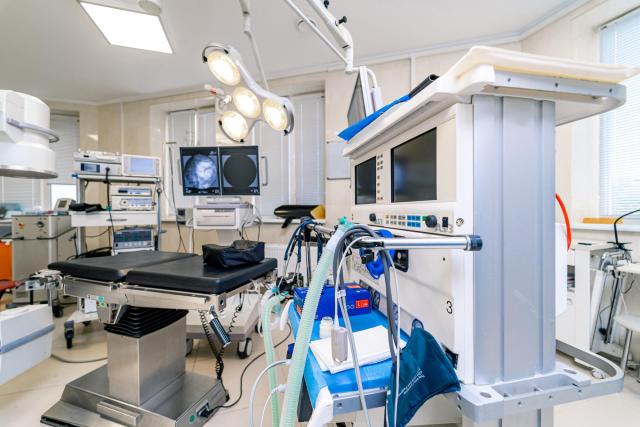
Novel emerging trends in the industry, such as innovative tracking algorithms powered by AI, flexible leasing options, and telemedicine, are changing the interaction between patients, hospitals, and medical devices. Like most industries, the medical equipment rental sector has undergone a massive transformation due to technological innovations, efficiency, and rising needs for in-home treatment. In 2022, the value of the global medical equipment rental industry was at USD 46.9 billion and should approximately reach USD 69.1 billion by 2030, growing at roughly 5.0% every year. The use of it in medical services is greater in comparison to other services because of the integration of telehealth and mHealth.
Medical Equipment Lease Service Industry Subsequent Growth Pointers
The enhancement of IoT and AI has improved the lease of medtech equipment services and service in the country. Now medical technology companies can monitor devices and greatly reduce the time and resources spent on maintenance. For instance, hospitals with AI-managed inventories can monitor the condition of their assets and perform the required maintenance, improving the availability of services for hospital equipment rental. In addition, remote caregivers provide constant oversight of equipment conditions without needing to visit the premises, assuring optimal performance of the devices for patient care.
Flexible leasing models in medical equipment rentals are becoming more common with the introduction of subscription-based leasing schemes. A patient or a clinic can rent an oxygen concentrator or any other medical equipment without the necessity of purchasing it upfront. For instance, a medicinal device can be leased for patients undergoing rehabilitation after surgery instead of purchasing one. Leasing can certainly make life easier. New trends in leasing healthcare equipment are emerging that make it possible to reduce the financial burden while ensuring access to vital care tools.
The use of refurbished and UV-C sterilization techniques are crucial innovations for maintaining safety, which is absolutely important with the proliferation of leasing medical devices. Novel methods to enhance the sanitization and reliability of borrowed devices are through UV-C sterilization. For instance, ventilators and beds within the wards are sanitized and refurbished prior to leasing out to patients. These innovations guarantee that the equipment being used is safe and functional at a reasonable cost for both the healthcare provider and the patient.
Sustainable Practices within the Medical Equipment Rental Industry
A growing concentration within the medical equipment rental business is sustainability. Businesses are adopting green strategies such as refurbishment and device reallocation so as to limit waste. Reconditioned equipment such as CPAP machines and wheelchairs epitomizes the support of the circular economy as they are easily and safely reused. This model helps mitigate environmental degradation and is low-cost relative to traditional practices for patients who are only in need of short-term care equipment provisions.
Collaborations Between Stakeholders
The collaborative efforts of hospitals, rental businesses, and warranty service companies have greatly eased the burden of access to rented medical devices. More patients with insurance are now able to rent devices without incurring extra costs because of the increasing policy payments that guarantee coverage. For instance, an increasing number of policies provide for the rental of home healthcare equipment for patients after surgery for enhanced patient-centered care at lower cost.
Final Thoughts
Flexibility provided by artificial intelligence, new leasing models, and care sustainability are some of the advancements transforming the medical equipment rental business. These innovations are making it easier and cheaper for patients to receive medical care, whether in a health facility or their own houses. As changes in the industry continue to take place, improvements in technology will facilitate better medical equipment rental practices and greatly reduce healthcare expenses for patients.






